Our ambassador Larissa is a passionate bikepacker. As soon as the weather warms up, she and her partner Simon go on tours in Switzerland and the surrounding countries. This summer, Larissa and Simon are traveling to Zagreb. From there, they'll continue to Ljubljana and finally to Salzburg. The route covers approximately 1,600 kilometers and 23,000 meters of elevation gain. Larissa explains what she brings with her on a two-week bikepacking tour and how she packed and equipped her gravel bike.
Gravel bike: I am the proud owner of a Standert Pfadfinder . As an all-road/gravel bike, it has a balanced geometry and can accommodate wide tires, which offer more comfort than narrow tires.
Tires: For the tour, I'm using 32-millimeter-wide tubeless gravel tires with a fine diamond tread. Thanks to this tread, the tires have low rolling resistance while still providing sufficient traction.
Translation: To save energy, I make sure I ride in lighter gears than I normally use. Therefore, I mounted a 40-tooth chainring at the front. The rear cassette has 12 sprockets ranging from 10 to 44 teeth.
Saddle: I tested various saddles over a long period of time until I found the right one. The saddle on my Standert Pfadfinder is designed for longer tours. Unlike a racing saddle, where you can quickly change your riding position, a touring saddle is designed to be able to maintain the same position for a long time.
Bottle holder: I mounted three bottle cages on the frame: two in the frame triangle for drinks and one on the down tube for the tool box.
Bags: I use a 14-liter saddlebag. I use it to store all the items I want to have quickly at hand—my clothes, toiletries, and the stove.
The handlebar bag, which holds 9 liters, contains my sleeping bag, sleeping mat, and possibly a bivouac. I'm not bringing a tent.
Clothing: For two weeks of bikepacking, I bring the same number of clothes as I would for a bikepacking weekend. In total, I have two pairs of cycling shorts, a jersey, two pairs of socks, a regular T-shirt, and a pair of regular shorts. I would wear the second pair of cycling shorts if the ones I hand-wash at the end of the day aren't completely dry the next morning. For cool or wet weather, I have a vest, a rain jacket, a tube scarf, and arm and leg warmers. I can also wear the leg warmers with the shorts when I'm not wearing them. This looks a bit funny, but it keeps me wonderfully warm. I also bring a bikini for swimming and a towel for drying myself after a shower. I also take a pair of barefoot shoes for strolling around town. They're lightweight and take up little space. I wear long gloves on the bike at all times to protect my hands in case of a fall. During the day, I wear mountain bike clipless shoes with a tread on the soles on my gravel bike.
Lifehack for washing clothes: At the end of the day, wash your cycling shorts and jersey with hand soap, then wrap them in a towel, step on them to squeeze out the water, and then hang them up in as much airy a place as possible. This way, your clothes will be fresh and dry the next morning, ready for the next stage.
Tool: In my toolbox I have a multi-tool, a derailleur hanger, three to five screws, cable ties, two valves plus two valve cores, two pairs of brake pads, a spare battery, some chain oil, tubeless worms, a pump, three chain locks, and three inner tubes, two of which I glue to the frame.
Food: Because the intensity of bikepacking is not very high, I eat normal food.
Before and after the stages, I try to drink as much as possible to restore my body's water balance. On the trail, I carry water in my two bike bottles. If I need electrolytes, I carry some salt with me, which I can either pour into the water or consume directly. In the afternoon, I also drink sweet drinks like cola or spritzer. As a coffee lover, I carry a gas stove and a foldable pan. This way, I can make a quick hydration while on the go. fresh coffee For breakfast, I eat bread from the bakery and drink coffee and orange juice. At lunch, I buy salmon sandwiches, avocados, bananas, fruit bars, dates, or mangoes. In the evening, I treat myself to a fine meal at a restaurant.
Route planning: I planned the entire tour using tools like Strava and Komoot and divided it into daily stages, which we largely stick to. It's important to me to have a fixed destination and not just ride off to it. I navigate with a GPS device during the tour.
Tips for bikepacking rookies: Start with a weekend ride. Choose an easy route and a comfortable bike, and take your time adjusting the perfect riding position and packing the bike.

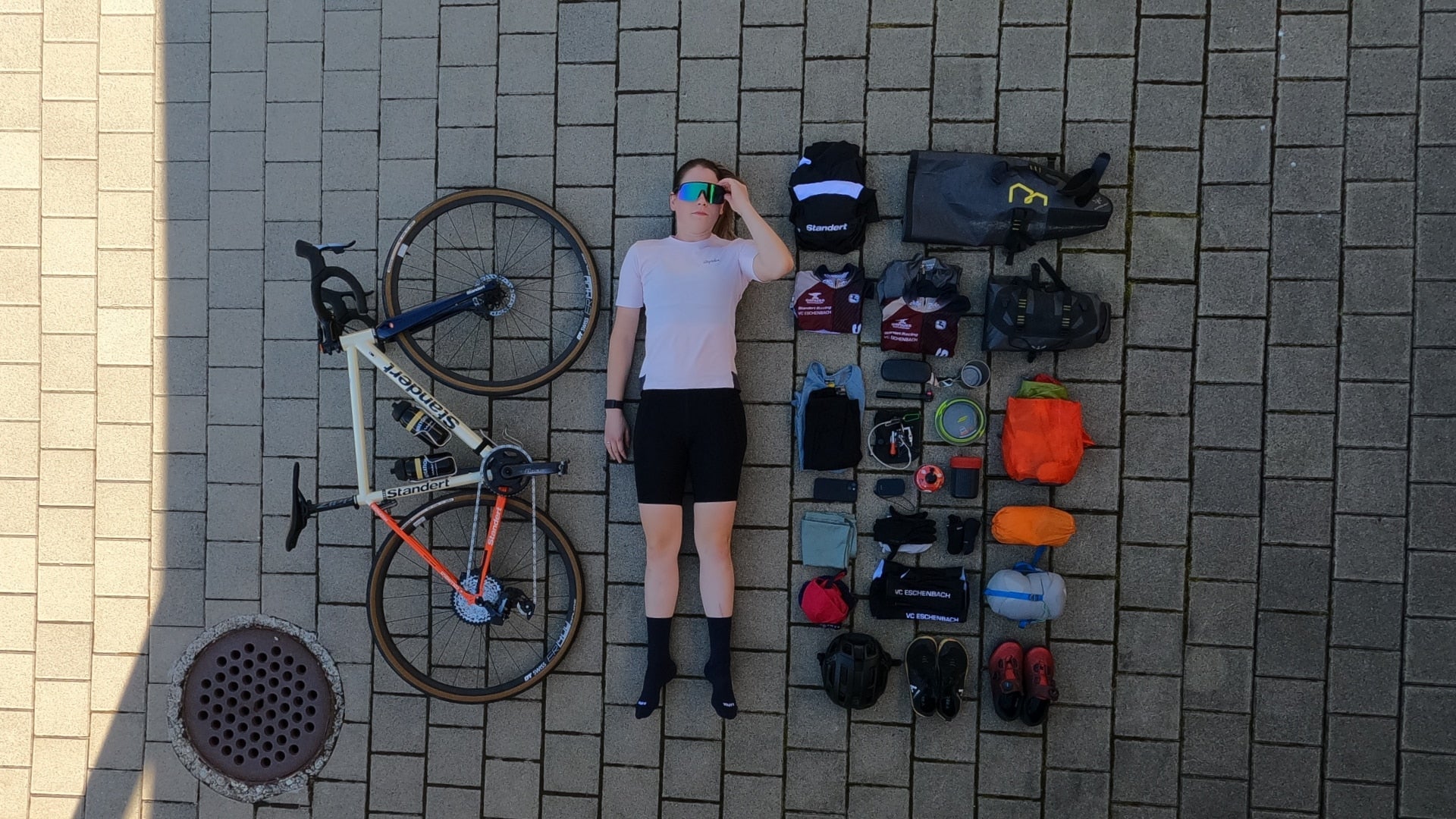
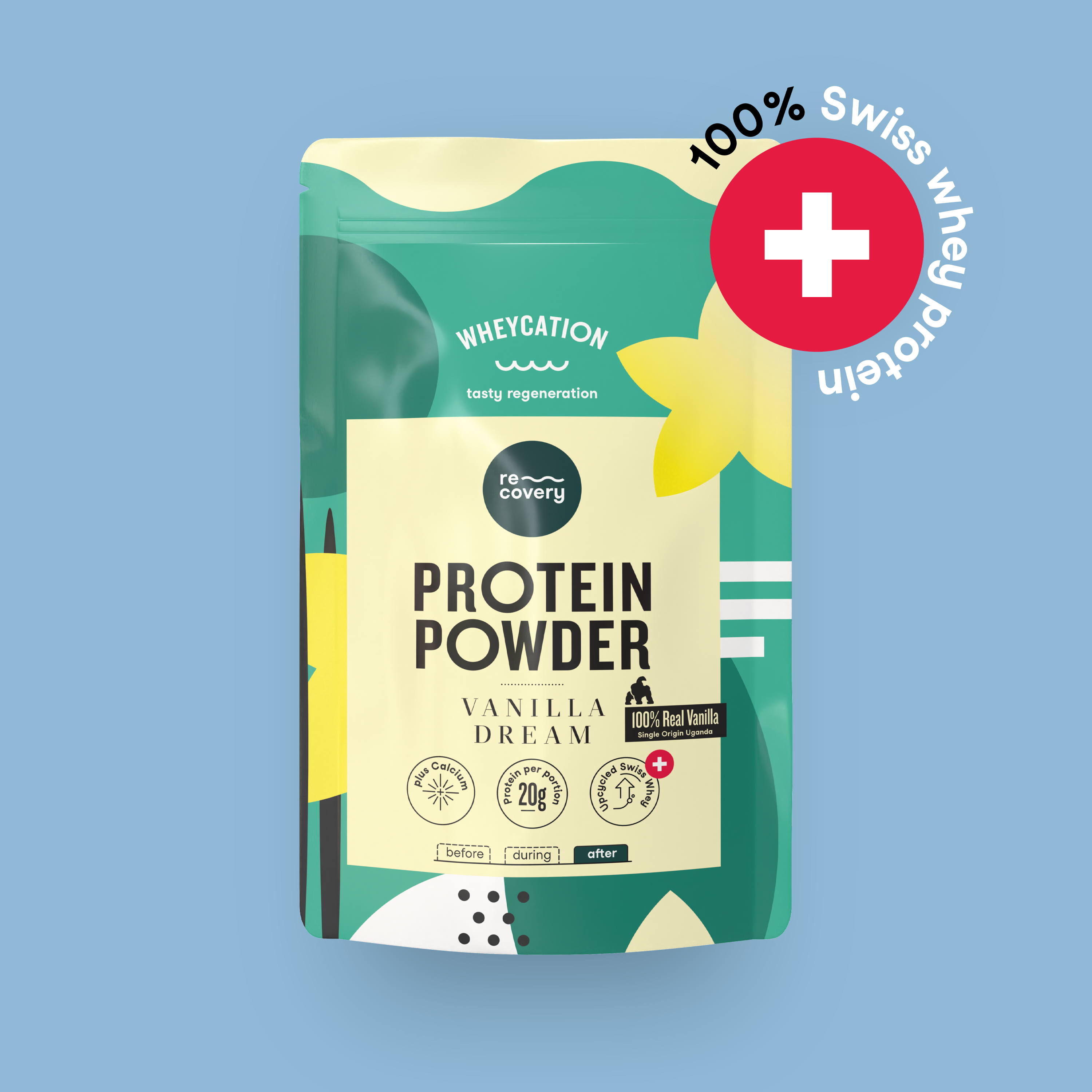

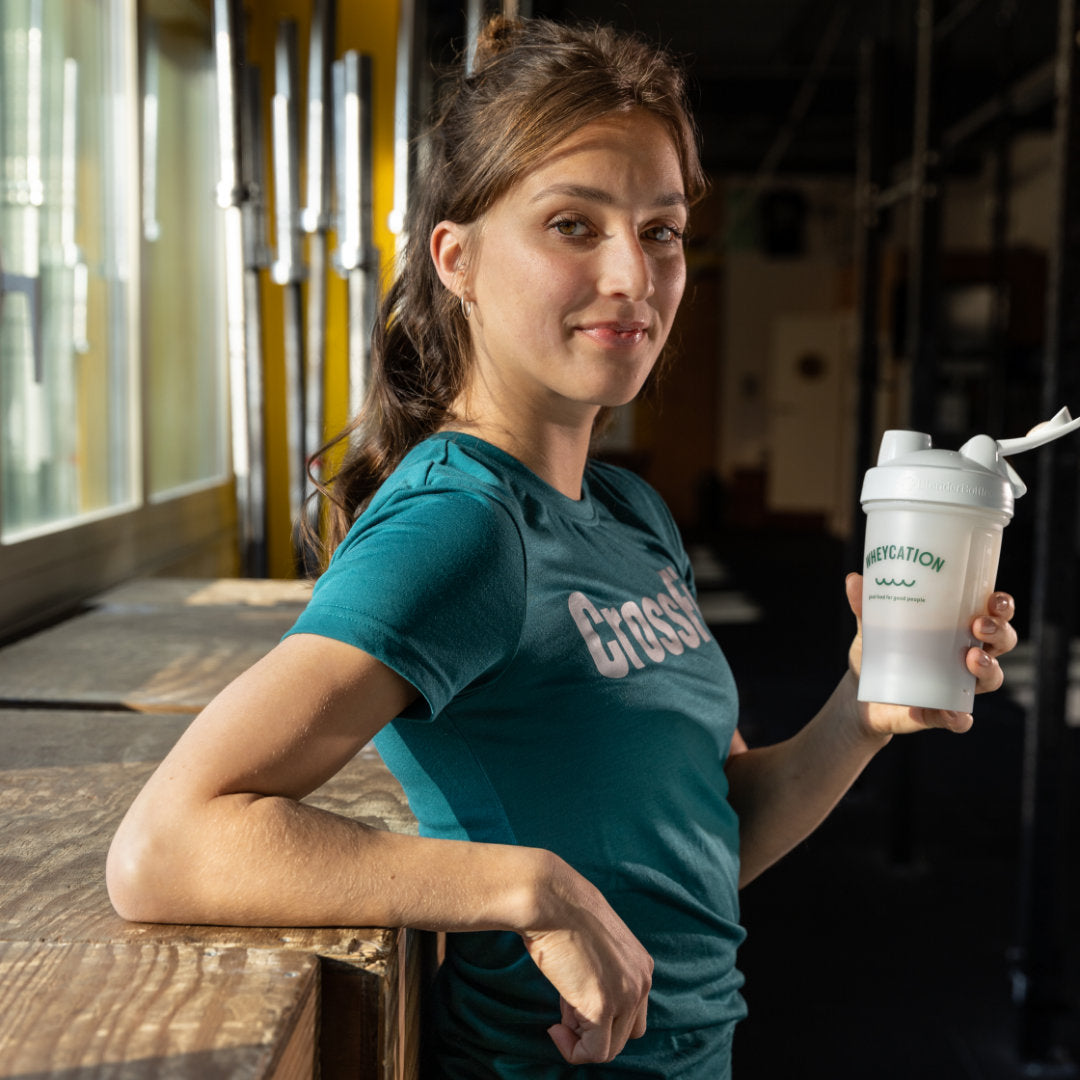
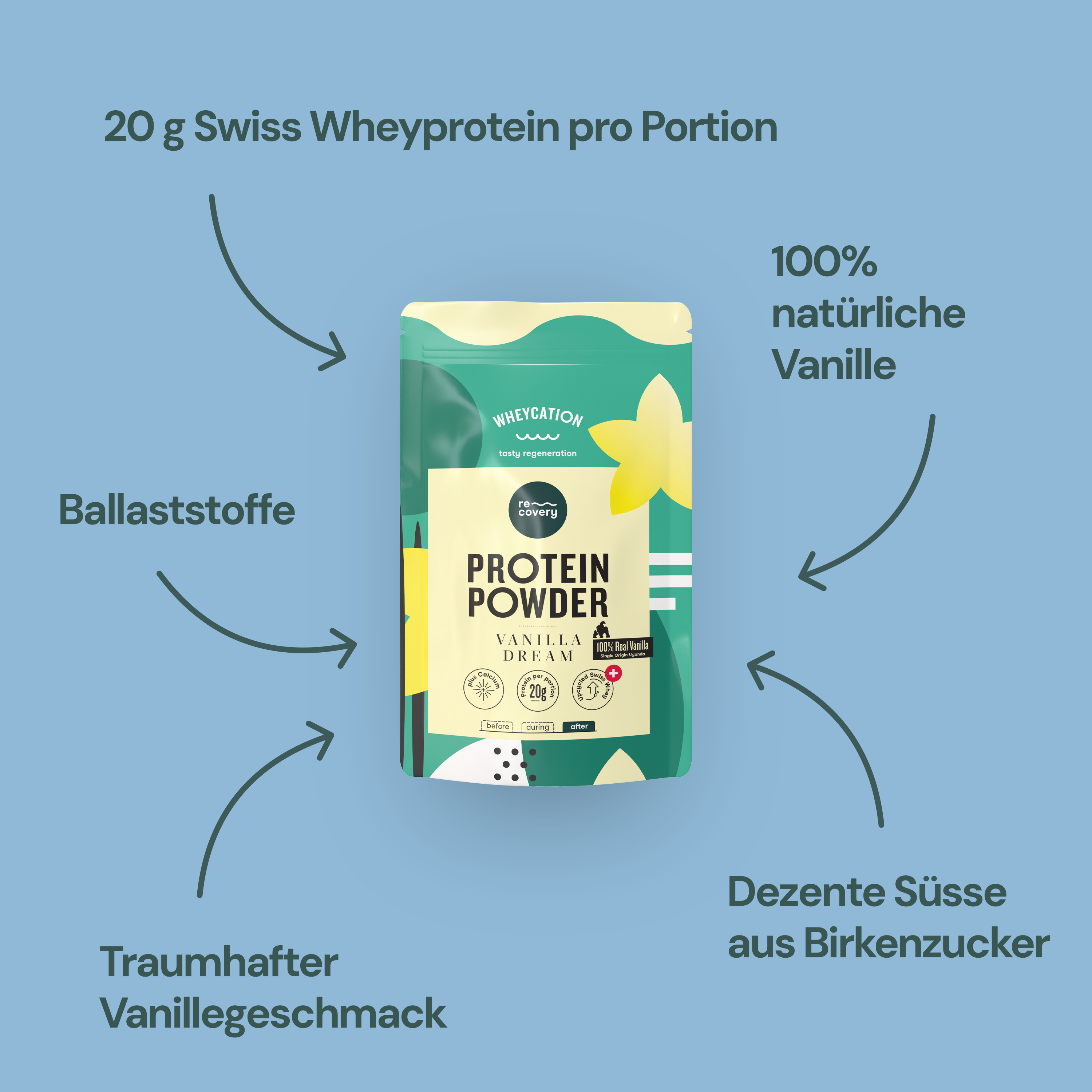
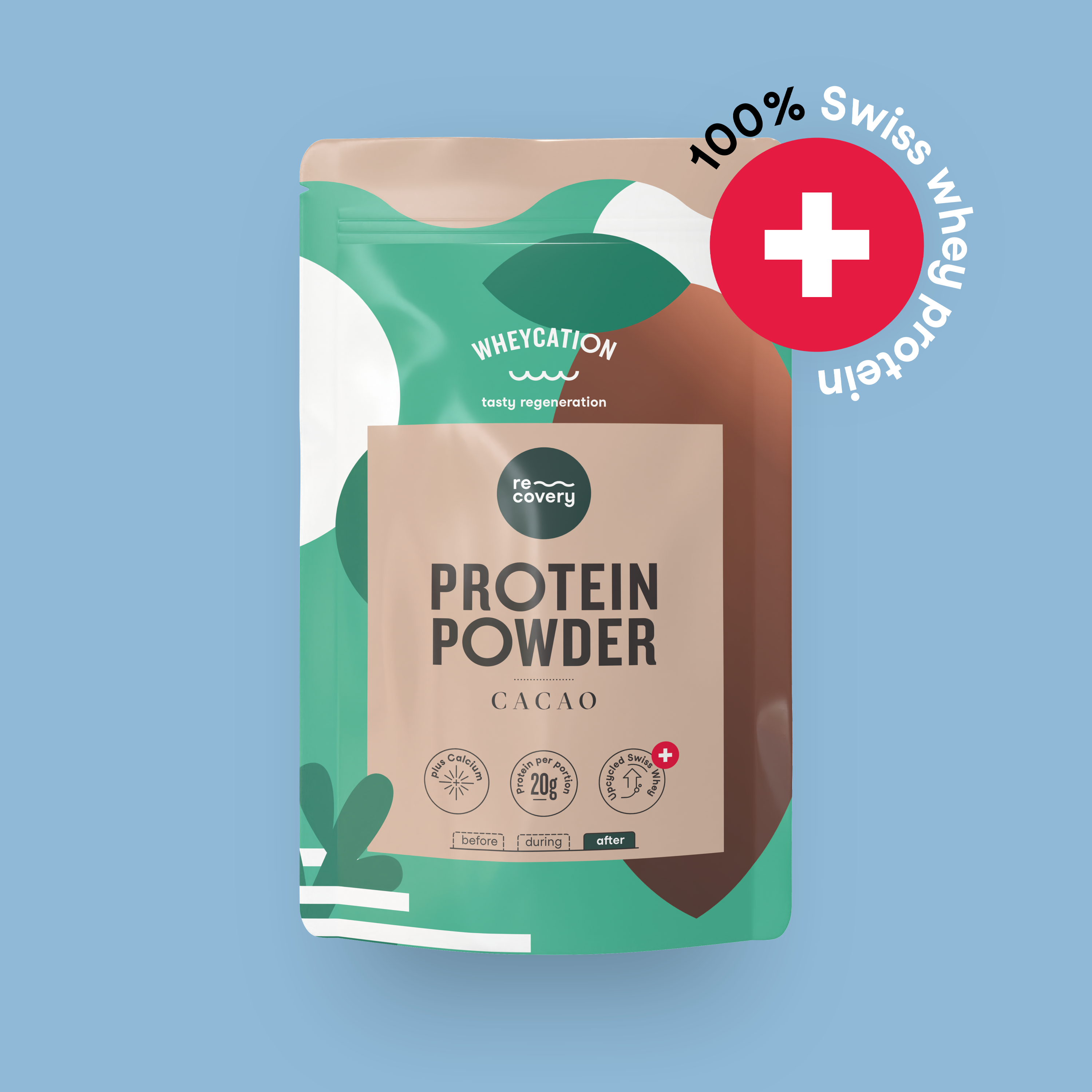

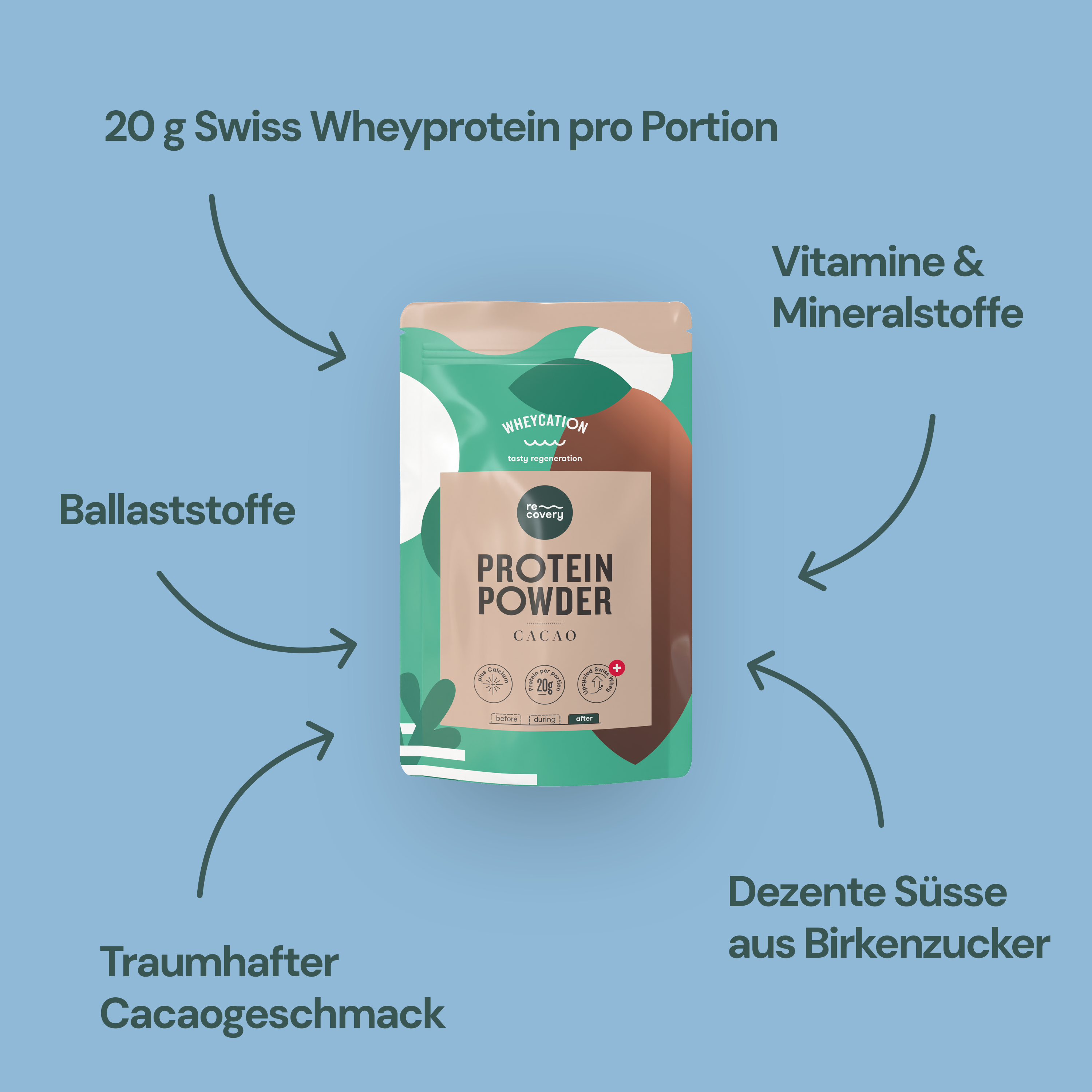
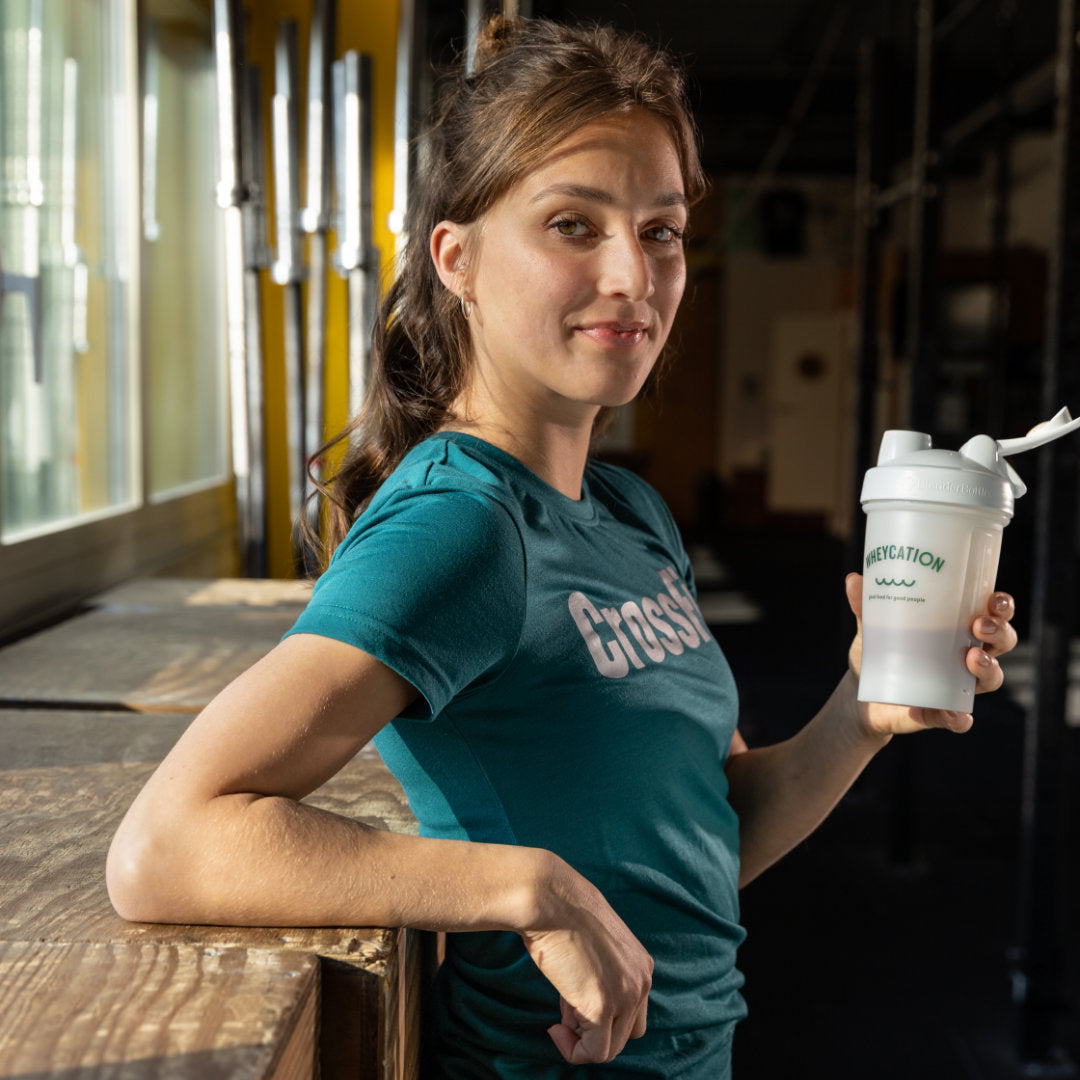
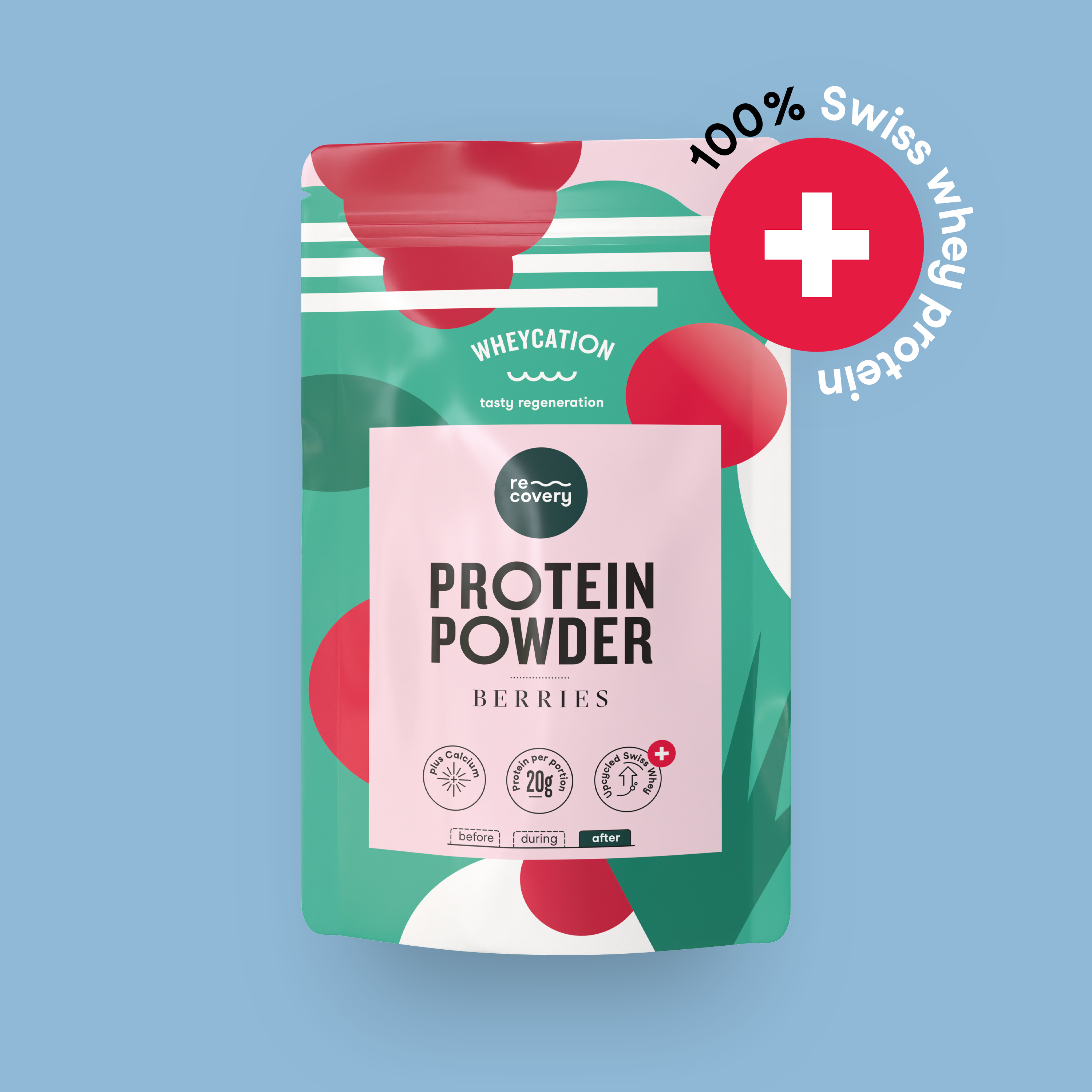
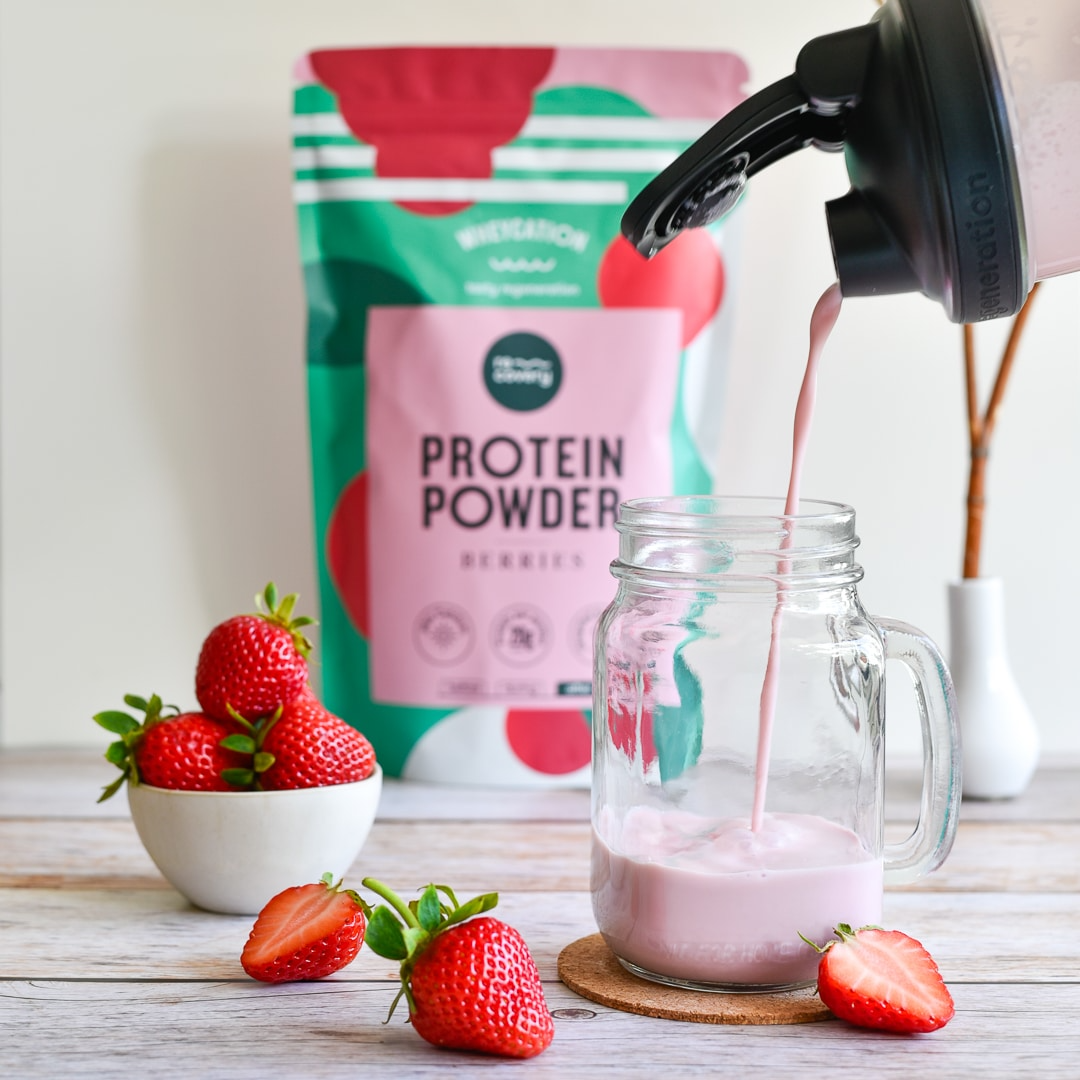

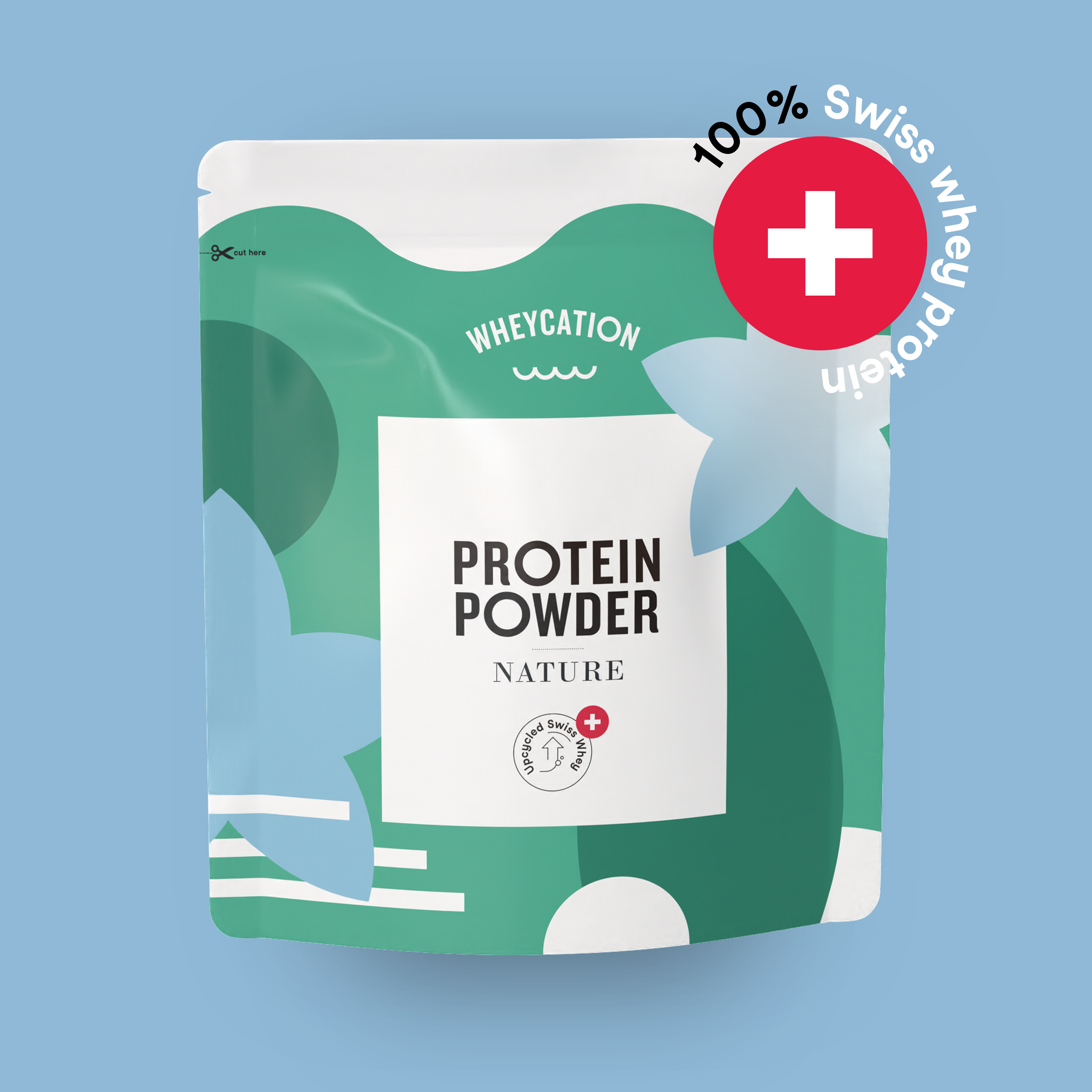
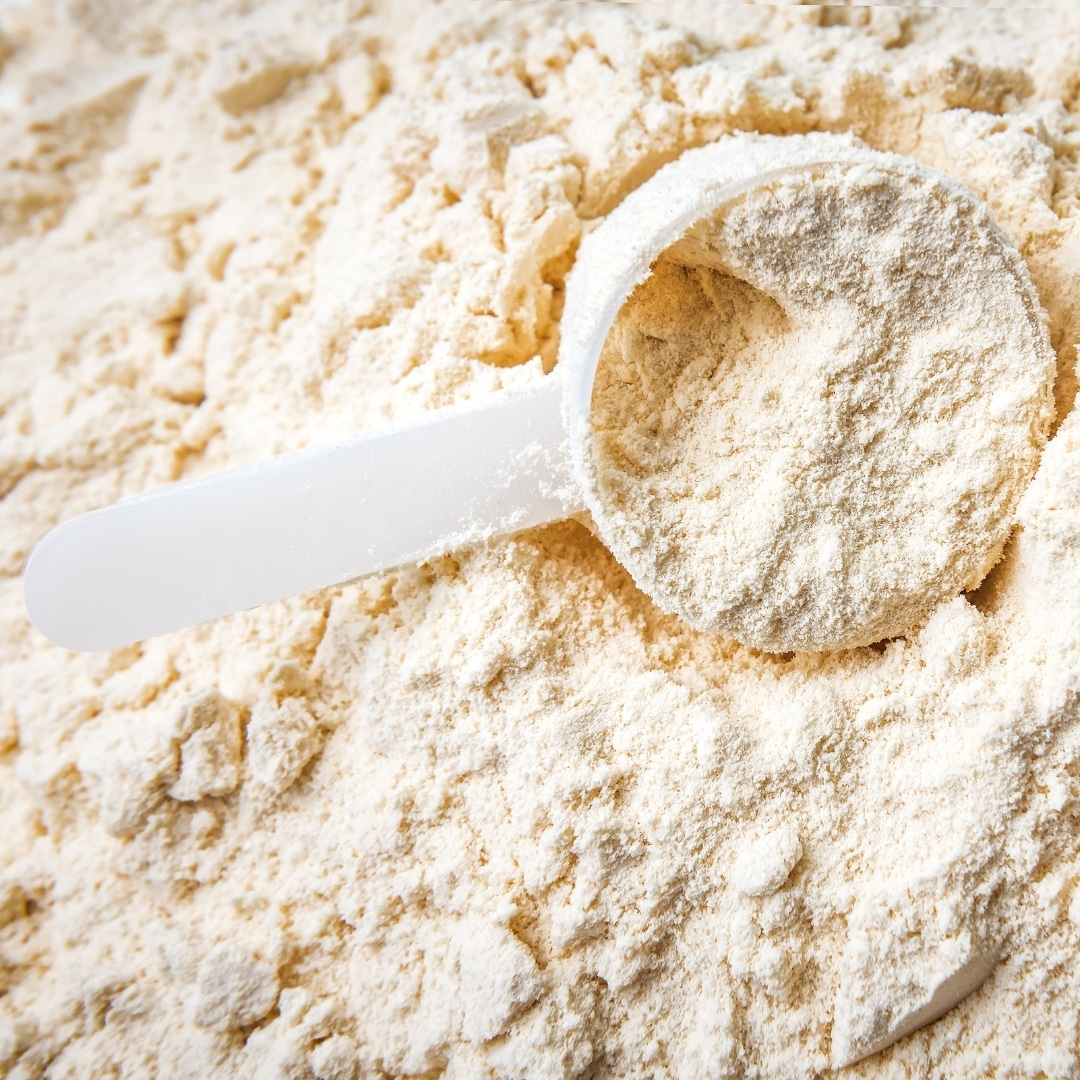
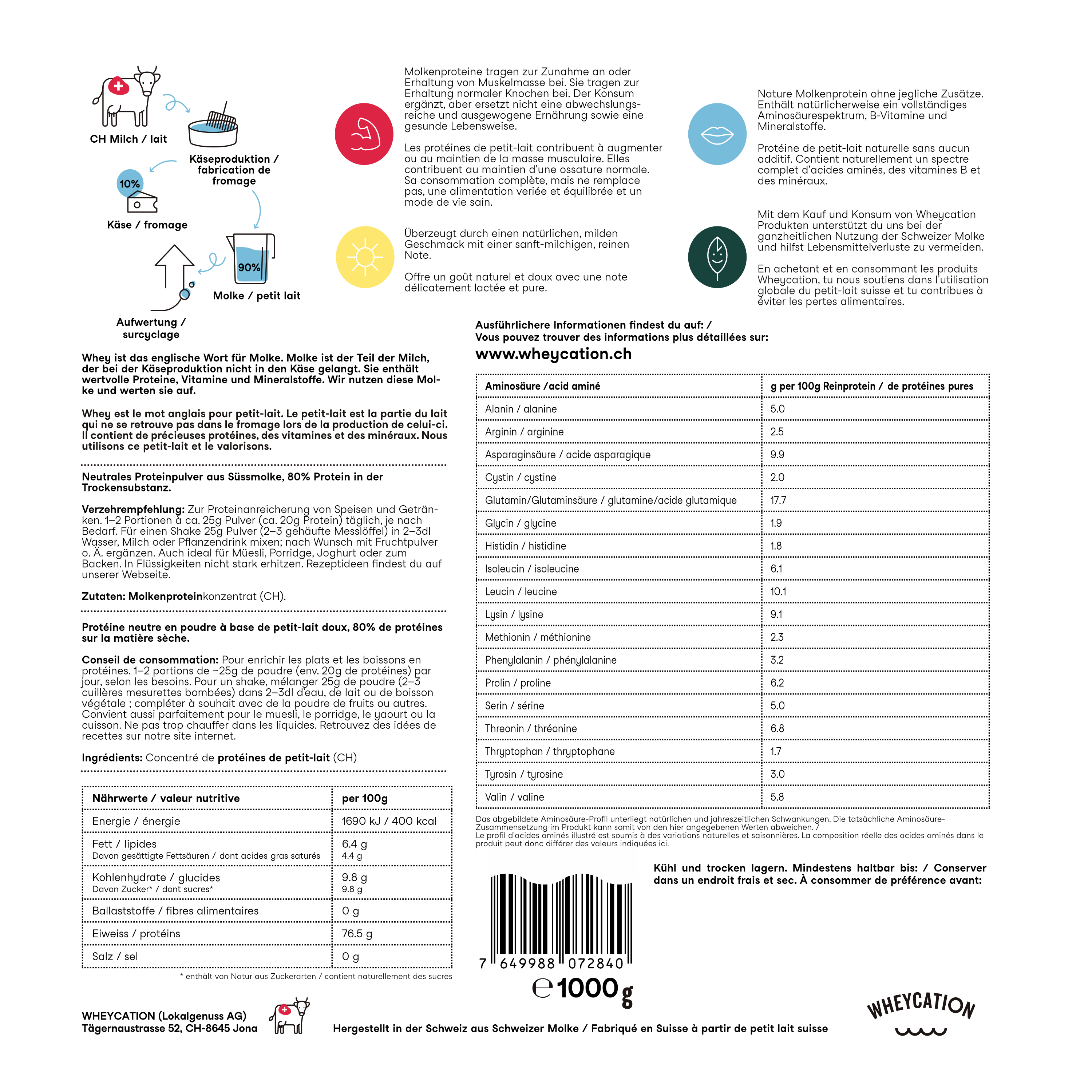
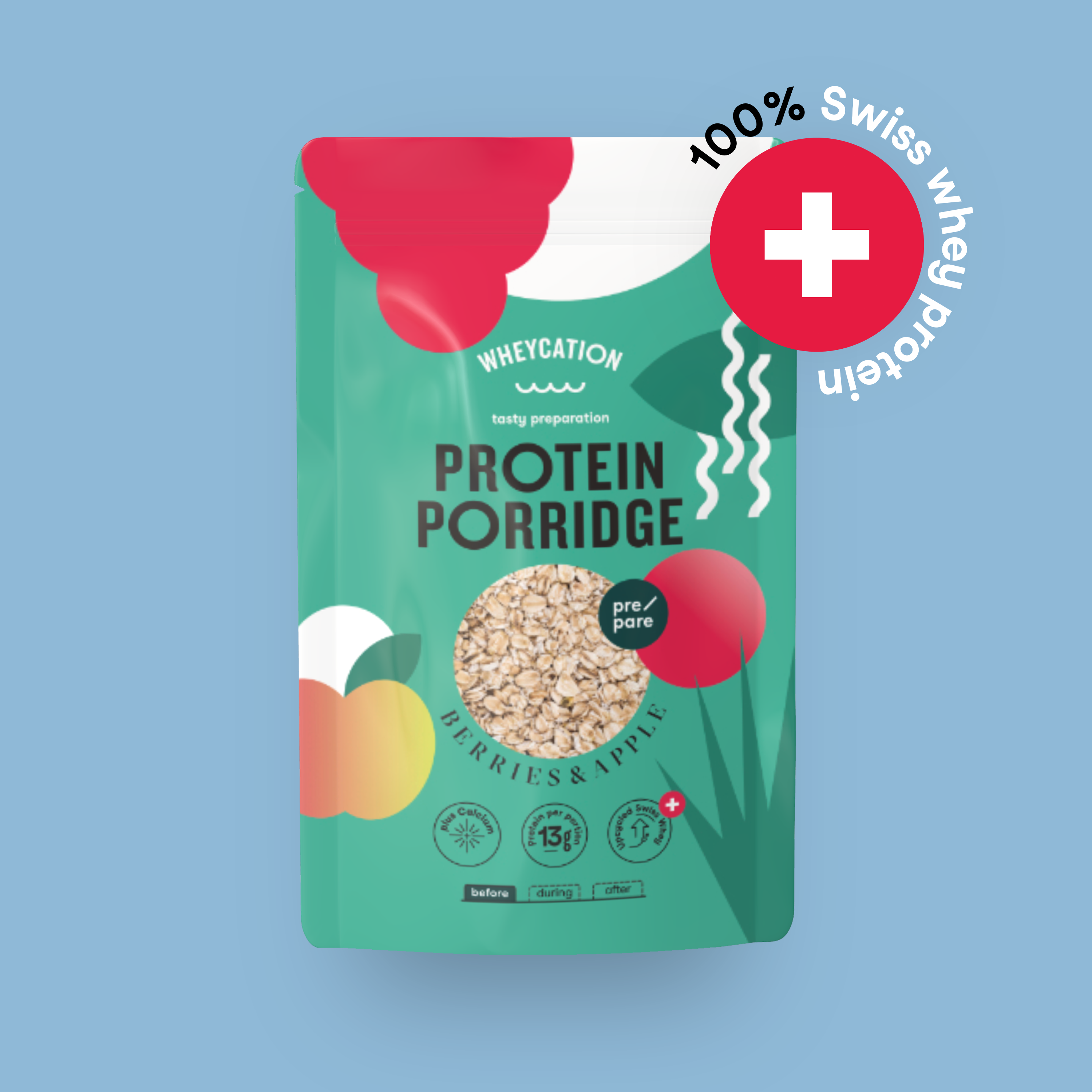
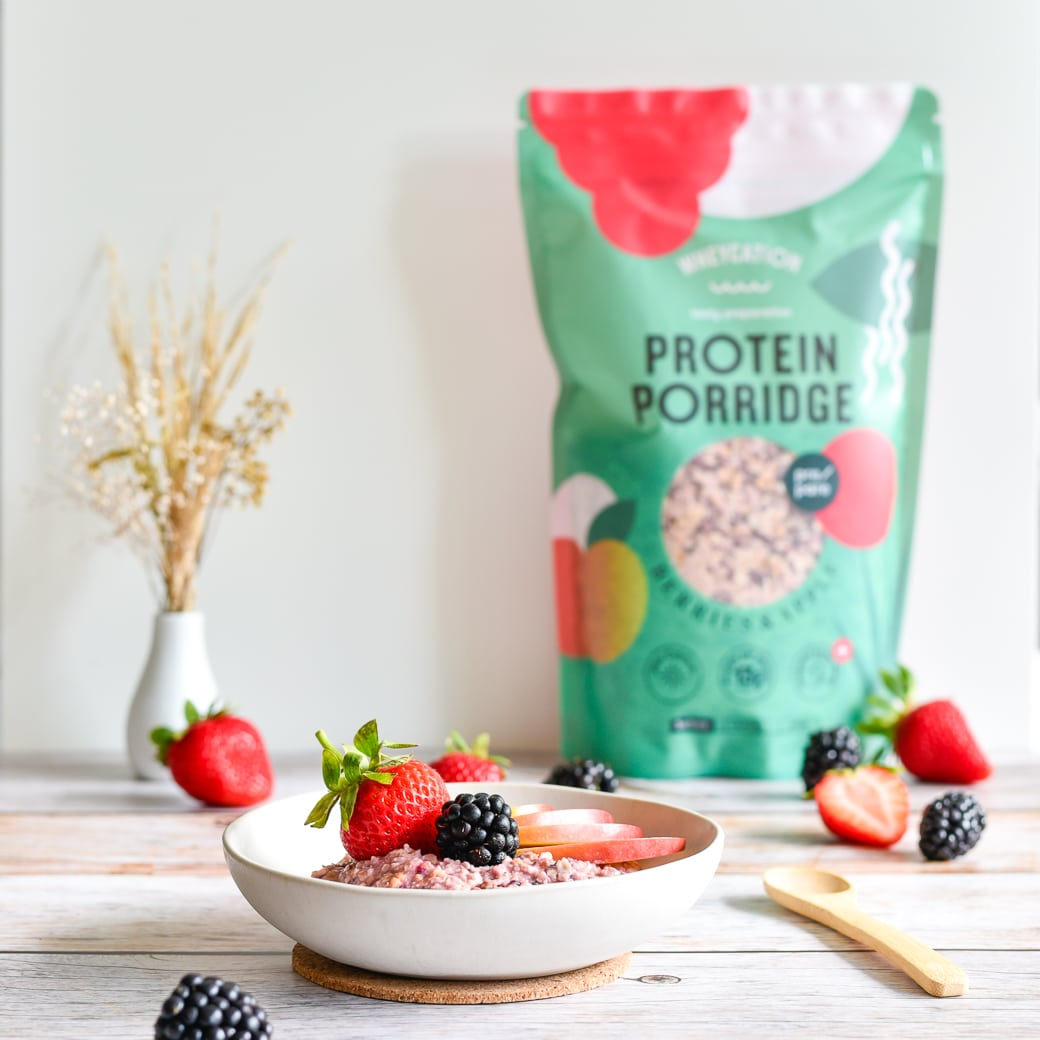
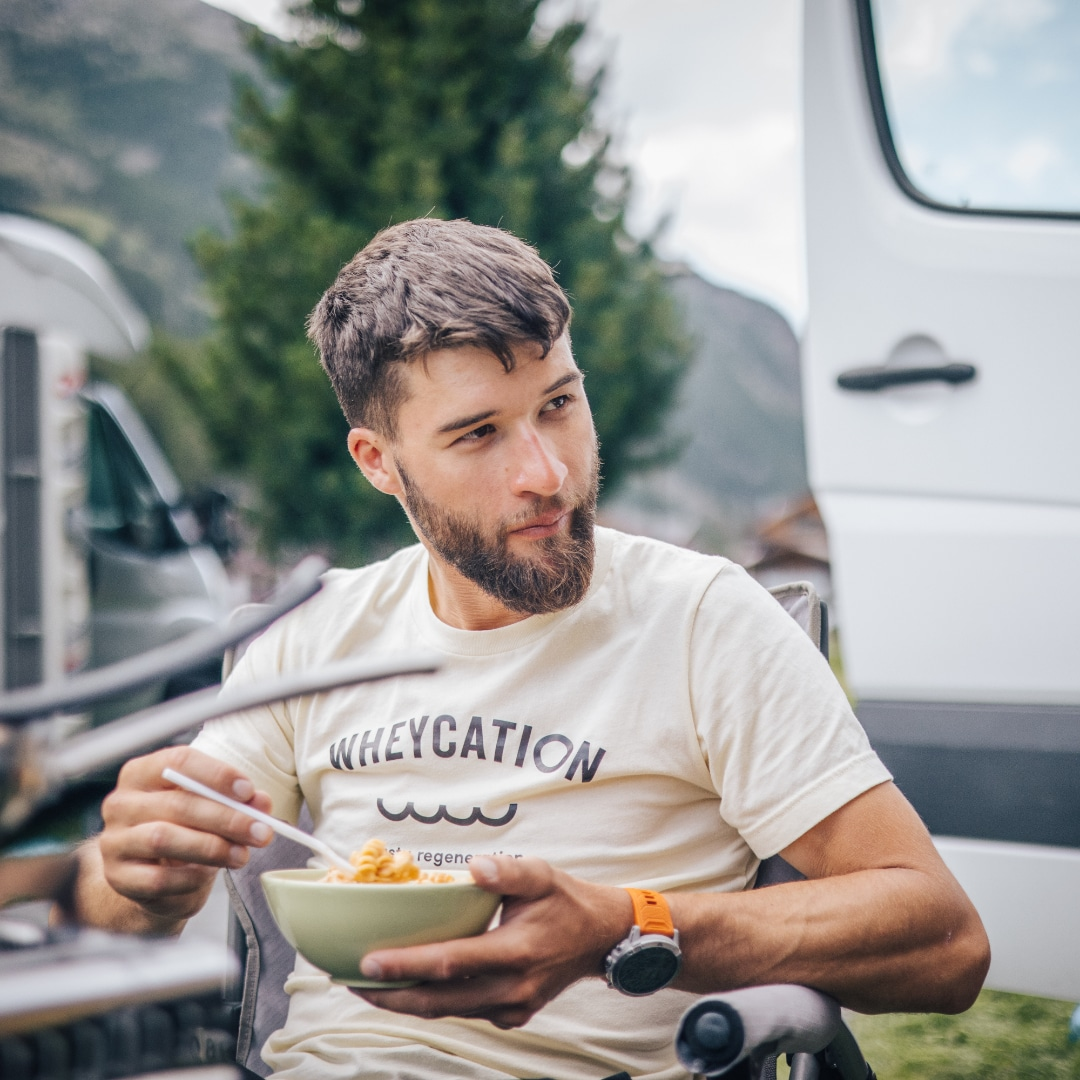
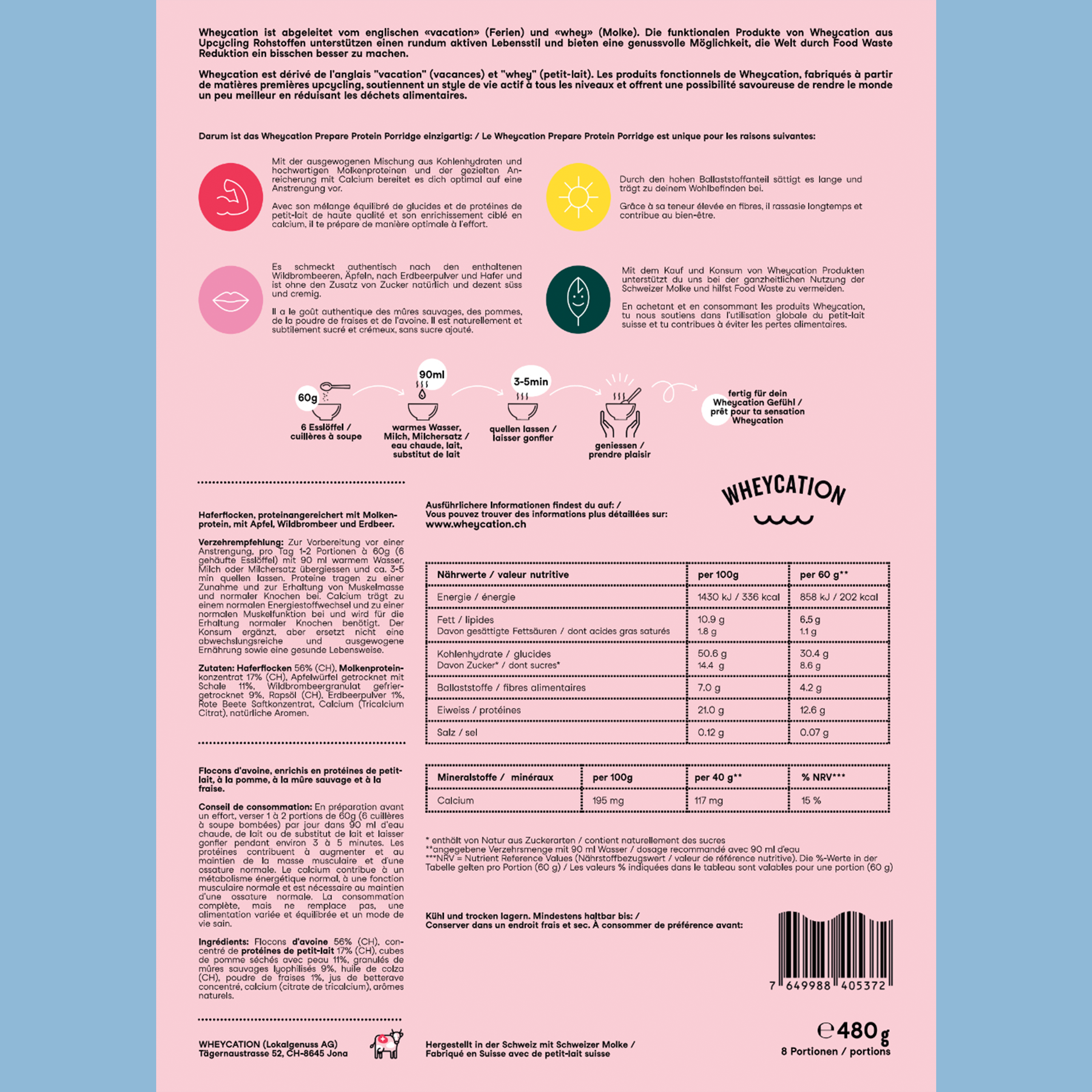
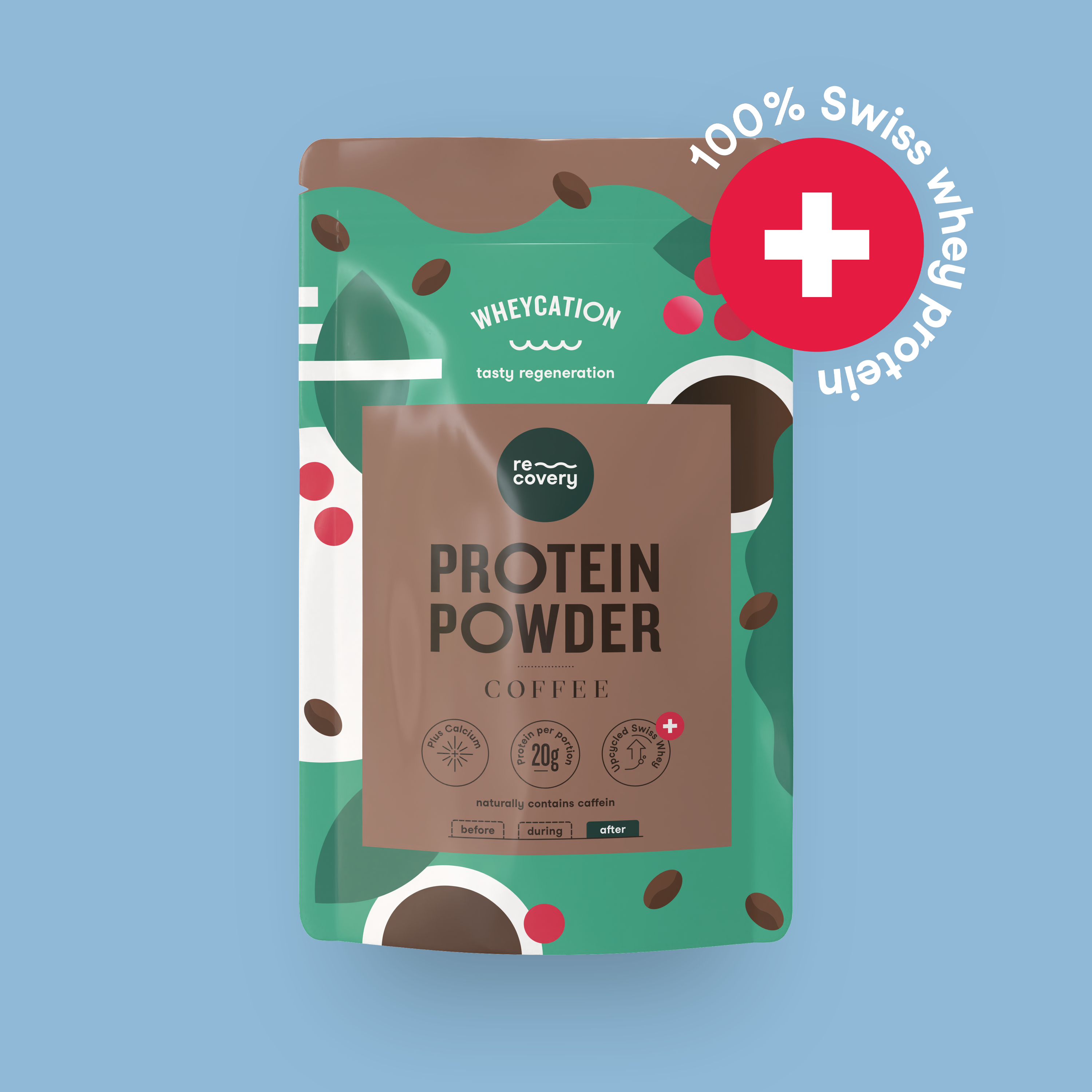
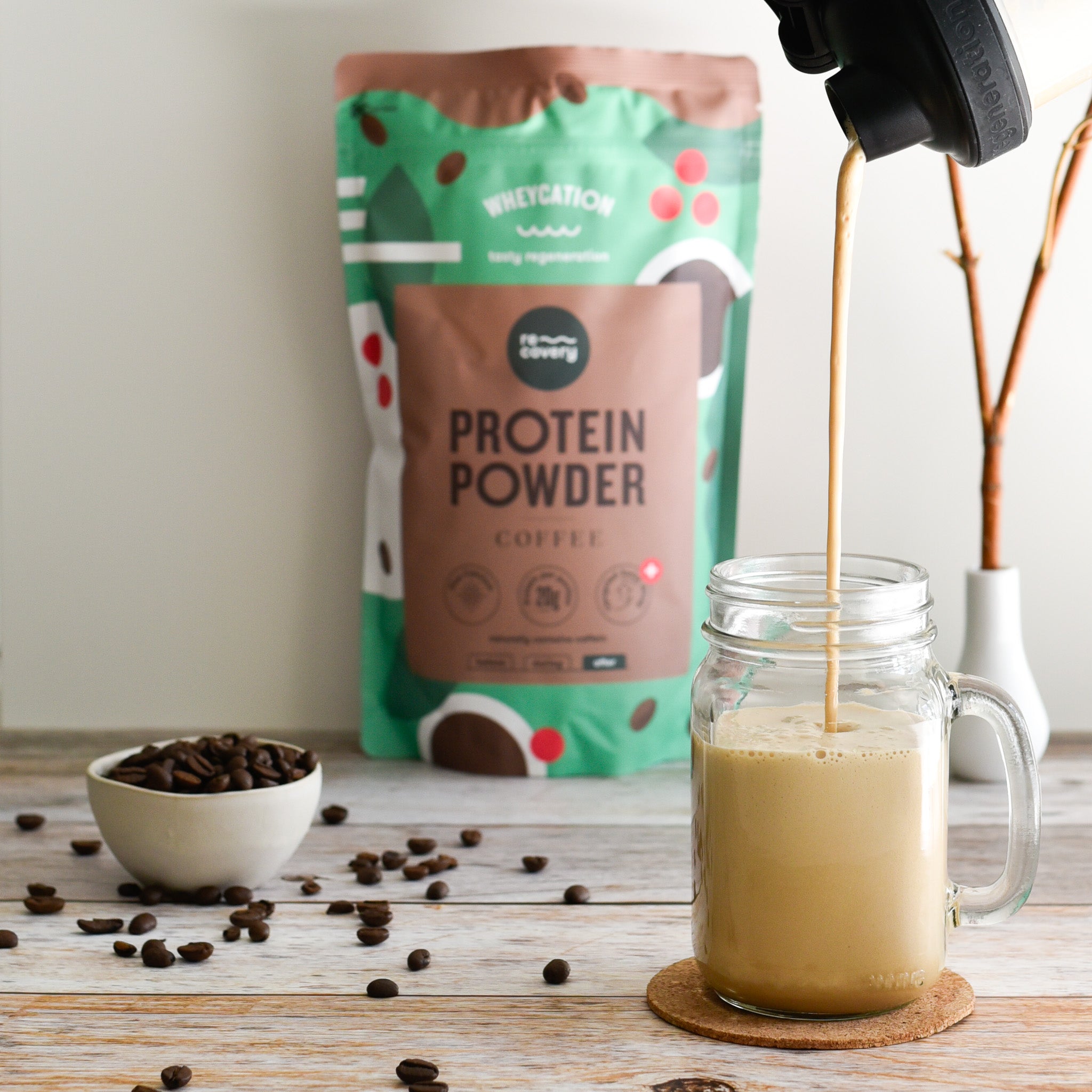




Split: